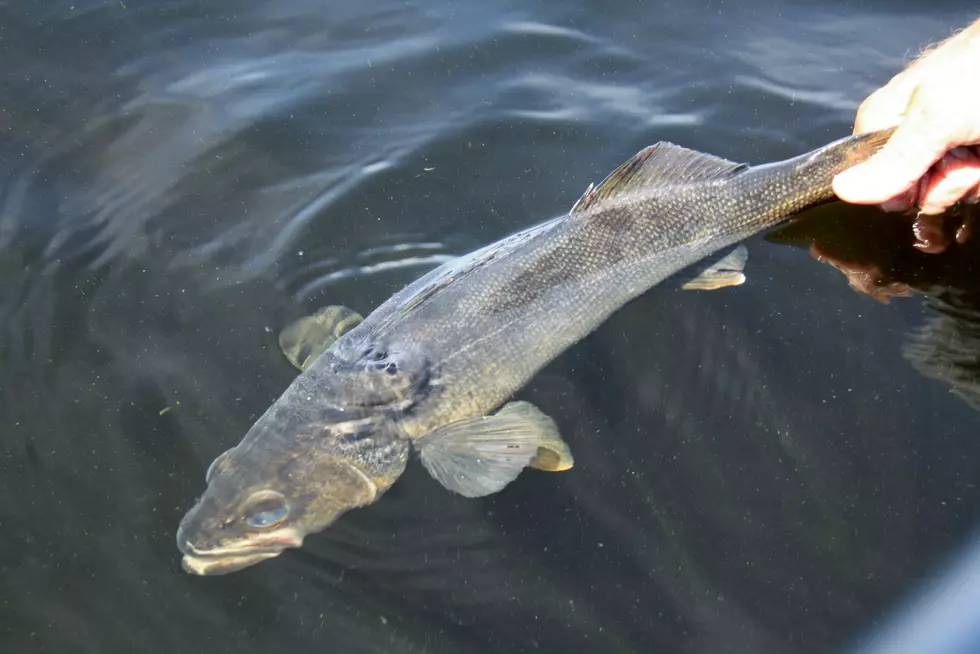
Tweaking the Classic Live Bait Rig
Tweaking the Classic Live Bait Rig
Sometimes I get the feeling that the angling world is moving in a direction of extreme sophistication and technical fishing. I am not against that movement as I have seen the rewards from experimenting with something new. However, I think it is still okay to fall back on the good old basics that continue to put fish in the boat.
When it comes to basic walleye fishing, there is little doubt that live bait rigging is as classic as it gets. This simple system of presenting live bait on a leader with a sliding sinker has helped anglers boat countless walleyes. With that being said, it doesn’t mean that a live bait presentation can’t be tweaked to make it better.
My experience on the water has taught me a number of tricks that have helped me improve my live bait presentation. It starts with the rod.
I am as frugal as the next when it comes to spending money on fishing rods. For example, when I am using a float, the float is doing all of the work in detecting a bite. The visual aspect of a float makes it easy to tell when something fishy is happening. I don’t need a super expensive rod to help me watch a bobber.
On the flip side of this, a live bait rod should be the best rod a person can afford to purchase. After all, it is the fishing rod that is going to telegraph a bite to your hands. There is a huge difference in the sensitivity or feel found in a quality rod versus a low end model.
I am a firm believer in using seven foot medium light models with a very flexible tip. The length of this rod is great for absorbing hooksets and fighting fish. The flexible tip allows anglers to watch a rod load up with weight which helps determine when to set the hook or sometimes to visually see a pick-up.
The line is the next consideration. I typically spool eight-pound-test mono on my reel but use a six-pound fluorocarbon line for my leader. Fluorocarbon is less visible in the water than standard mono and it is also quite tough. On days when the bite is difficult, switch to a four-pound-test leader.
Leader length can make a difference. If I am fishing a river with some current, 18 inches is about right. However, if I am dealing with finicky walleyes on Rainy Lake, a six foot leader and small wire hook would be in order. I often add a chartreuse bead in front of my hook for a little extra color.
Although many anglers have switched to a super braid to put on their reel for extra feel, I have not. Too many times I believe the sensitivity of the line allows the fish to feel me as much as I feel them.
However, if the bottom is very rocky and snaggy, I will use super thin braided line. The extra sensitivity helps me feel my way through the snags. When using a jig, I generally start with six or eight-pound-test braided line and go to mono as a second choice.
As for the weight on a live bait rig, I tend to go heavier than most. I like to feel the bottom with the weight and then lift it off of the bottom so it doesn’t drag. I have also found that by fishing quite straight down I have great feel and fewer snag issues.
Live bait rigging is a very basic approach to catching walleyes. However, even the basics can be tweaked to make them better.
Remember, it is often the subtle changes that helps anglers catch more fish.
More From AM 1240 WJON









